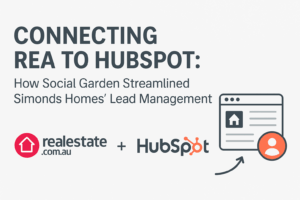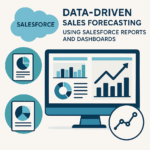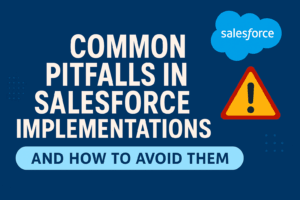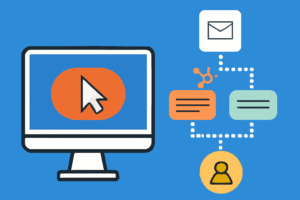BLOG
Why Should Businesses Care About Seamless Platform Integrations?
In today’s fast-paced digital world, businesses use a range of software to manage everything from operations and customer engagement to growth. Think CRMs, e-commerce platforms, accounting software, and marketing tools; and each one is important. But sometimes these systems don’t work together, and it can lead to inefficiencies, errors, and missed opportunities.
That’s where platform and system integrations come in. When you connect different apps, you can streamline workflows, boost efficiency, and improve customer experiences to ultimately drive better growth for your business.
Today, let’s take a look at why investing in integrations is SUCH a smart move.
1. Streamlined data, fewer mistakes
Fragmented data is a common challenge. When systems don’t talk to each other, teams have to transfer information manually, which can lead to errors.
Integrations ensure that data flows smoothly between platforms, giving you accurate, real-time insights that help you make better decisions.
For example, syncing your CRM with your email marketing platform keeps customer data up-to-date, preventing miscommunication and reducing the risk of sending duplicate emails (it’s embarrassing, believe us).
2. Less manual work = more efficiency
Imagine if your systems could talk to each other and handle tasks automatically.
Spoiler alert: they can.
With integrations, that is.
Automating processes like order processing, invoicing, and lead nurturing frees up your team to focus on more important things — like strategy and customer relationships.
For instance, integrating a real estate CRM with lead forms on property sites means inquiries go straight to agents, triggering automatic follow-ups and scheduling. This cuts down response times, improves the customer experience, and boosts your chances of turning leads into buyers or renters.
3. A better customer experience
These days, customers expect seamless interactions across all touchpoints, whether they’re making a purchase, getting support, or engaging with your brand online.
Integrated systems give you a more unified, holistic view of each customer’s journey, which gives you the opportunity for faster response times and more personalised interactions.
For example, if your helpdesk tool is integrated with your CRM, support agents can instantly access customer histories, making it easier to provide efficient, tailored service.
4. Scalability & flexibility
As your business grows, so do your tech needs.
A well-integrated system lets you easily add new tools and features without disrupting your existing workflows. Whether you’re expanding into new markets, adding sales channels, or upgrading software, integrations make scaling smoother.
Without them, you might find yourself facing lengthy and expensive software migrations when it’s time to upgrade or switch tools. And who has time for that?
(We can always help you with platform migration, if you need a hand.)
5. Security & compliance
Keeping data secure and staying compliant with regulations is a top priority, especially if you handle sensitive customer information.
Integrations help ensure secure data transfers between systems, reducing risks tied to manual data handling. Plus, many industries have strict regulations that require businesses to handle data properly.
Integrated systems help you stay on top of compliance by ensuring data is stored, accessed, and shared securely.
The bottom line
Investing in platform and system integrations is a sure-fire way to improve how your business operates, to enhance the customer experience and scale with confidence. By breaking down silos and simplifying workflows, integrations help you unlock new levels of productivity and innovation.
If you’re still dealing with disconnected systems, it might be time to look into integration solutions. Whether through APIs, middleware platforms, or custom solutions, integrating your tech stack sets you up for long-term success.
Need help building your integration strategy? Let’s chat!











